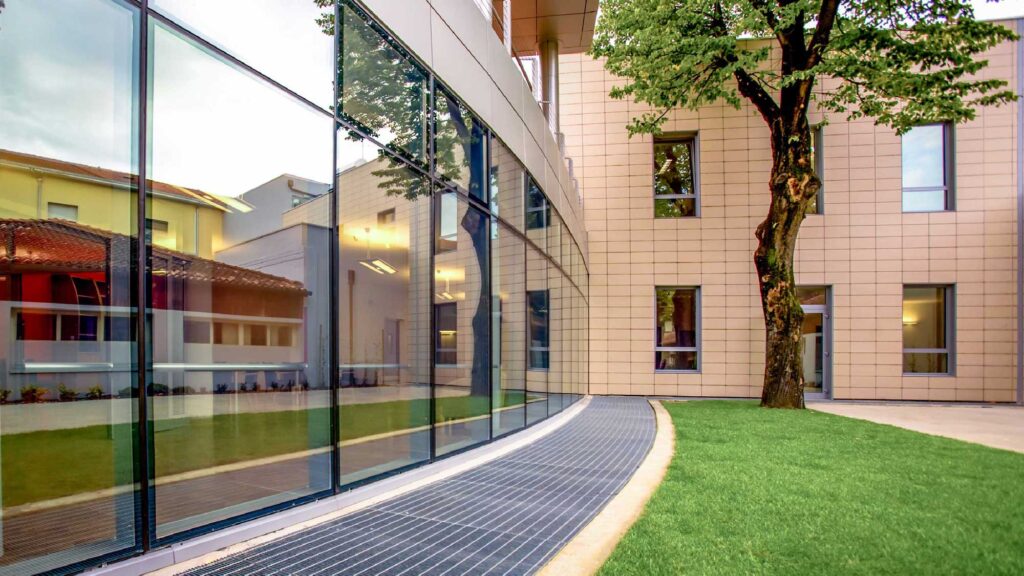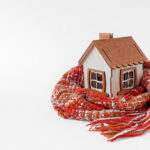The passive house is a model for high energy efficiency in buildings, specifically designed to reduce heating and cooling energy consumption to a minimum. Any building constructed according to the passive house standard must therefore respect strict requirements, including:
- Thermal insulation: where high performance materials are used to reduce heat loss.
- Air tightness: that exploits building envelopes to block any uncontrolled air infiltration.
- Controlled ventilation: which uses advanced systems to guarantee optimal air exchange with no energy losses.
This building approach allows energy consumption to be reduced by up to 90% compared to a traditional house and is perfectly in line with the principles of building sustainability, thanks to the use of eco-friendly building materials and technologically advanced solutions. One of the key points of passive houses is their low energy requirements. This is achieved using eco-sustainable building materials and advanced insulation solutions. In this context, eco-friendly porcelain stoneware cladding is an ideal choice that guarantees durability, resistance and increased building envelope efficiency.
Creating passive house thermal insulation with porcelain stoneware
To achieve a high level of energy efficiency and comply with sustainable building criteria, innovative porcelain stoneware can be used in passive houses to improve their thermal insulation. Another essential feature is damp control. Thanks to the combination of porcelain stoneware and special architectural solutions inside passive houses, the formation of mould and condensation can be prevented and a healthy microclimate maintained. Using eco-friendly porcelain stoneware tiles promotes efficiency and durability, and helps buildings achieve environmental sustainability.
Porcelain stoneware ventilated façades for passive houses
Porcelain stoneware ventilated façades are one of the most effective solutions for optimising thermal insulation in passive houses. This system allows energy requirements to be reduced, living comfort to be improved and air conditioning costs to be minimised.
Porcelain stoneware offers a high level of weather resistance, guaranteeing protection against wind, rain and thermal shocks. The durability of porcelain stoneware and its low maintenance also make it the ideal choice for buildings with high energy performance levels and a passive house design.
Porcelain stoneware ventilated façades protect the underlying layer of insulation, which provides the building’s real insulation. This type of protection ensures far greater resistance and durability than other less wear- and impact-resistant materials, like plastic laminates or aluminium cladding, that deteriorate over time.
Porcelain stoneware exterior tiles for sustainable and passive houses
For passive houses, using eco-friendly porcelain stoneware tiles is an innovative and functional solution. Porcelain stoneware is, in fact, an eco-sustainable material and these tiles offer superior wear and weather-resistance. In addition to improving the building’s thermal shield, they also reduce the risk of overheating.
The key benefits of porcelain stoneware exterior tiles are therefore:
- Resistance: an advanced capacity to withstand adverse weather conditions.
- Safety: as they provide both water- and fire-resistance.
- Durability: the ability to maintain their original style over time.
Thanks to the use of eco-friendly building materials, porcelain stoneware ventilated walls fit perfectly into environmentally sustainable building projects. Porcelain stoneware also requires minimum maintenance, which also helps achieve the goals of the passive house concept.




